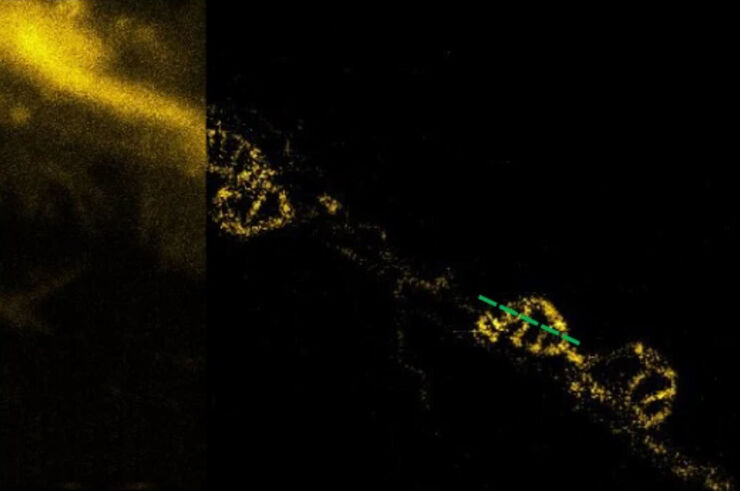Key Laboratory of Optoelectronic Devices and Systems of Ministry of Education and Guangdong Province, College of Physics and Optoelectronic Engineering, Shenzhen University, China
The College of Physics and Optoelectronic Engineering was founded in 2019 by merging the College of Optoelectronic Engineering, College of Physics and Energy and College of Electronic Science and Technology (optical division). Its predecessor was the Department of Applied Physics established in 1985. In 2006, the Department of Applied Physics of the College of Science, the Institute of Applied Nuclear Technology and the Department of Physics Education of the Normal College were merged to form the College of Physical Science, which was renamed College of Physics and Energy in 2015, and the Department of Electronic Technology and the department of Optoelectronic Information of the College of Engineering and Technology were merged to form the College of Electronic Science and Technology. In 2007, the College of Optoelectronic Engineering was founded on the basis of the Institute of Optoelectronics. Under the leadership of Niu Hanben, academician and founder of the College, the College has built a complete academic discipline in the field of optoelectronics, measurements and control.
The College has developed a complete talent training system, offering four undergraduate programs in Optoelectronic Information Science and engineering, Physics (including physics normal education), Measurement and Control Technology and Instruments, and Nuclear Engineering and Technology, two first-tier discipline master’s degree programs in Optical Engineering and Physics, a first-tier discipline doctoral program in Optical Engineering and a post-doctoral mobile station in Optical Engineering. The discipline of optical engineering was selected a key discipline of Guangdong Province in 2012 and a key construction discipline of high-level universities in Guangdong Province in 2015, ranking 9th in mainland China according to the fourth round of Discipline Evaluation by the Ministry of Education in 2016. The Photoelectric Information Science and Engineering program is a feature specialty of Guangdong Province.
Source: https://en.szu.edu.cn/info/1017/1020.htm (09/14/2023)
